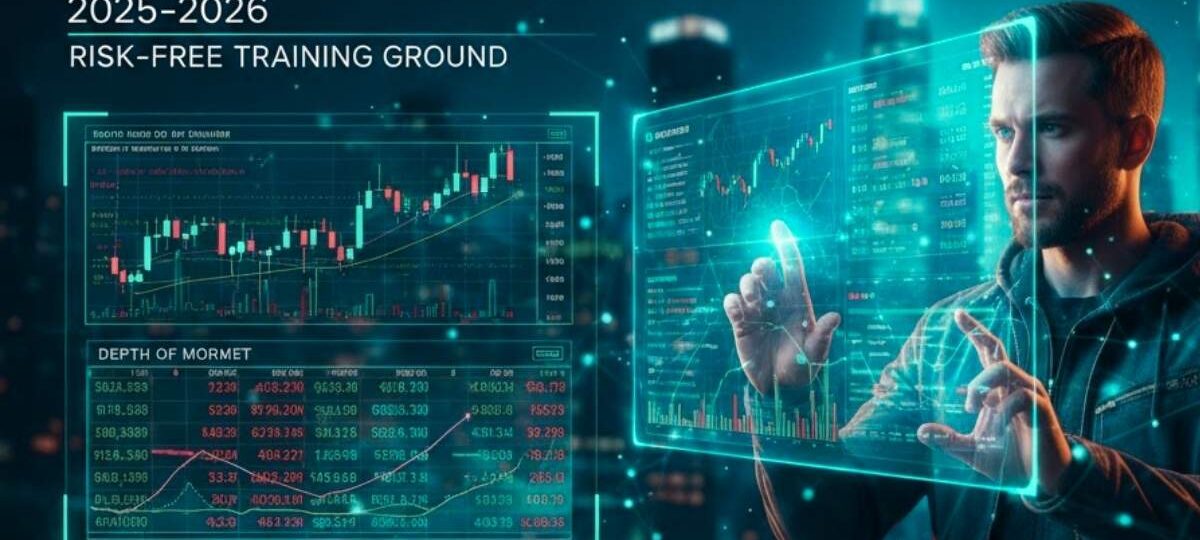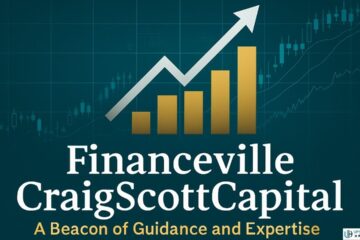Futures trading is a high-stakes financial arena, offering the potential for significant leveraged returns but also carrying the risk of substantial losses. Given this environment, a risk-free training ground isn’t just a luxury—it’s an absolute necessity. This is where paper trading, or simulated trading, comes into play. By practicing with virtual capital but using real-time market data, traders can hone their skills and test complex strategies without risking a single dollar.
For traders looking to enter the market in 2025-2026, the demand for a sophisticated, yet free, paper futures trading platform is higher than ever. The modern platform must not only offer a clean interface but also replicate the live trading environment perfectly, including realistic fills, margin requirements, and access to the full spectrum of futures products, from Micro E-minis to commodities.
The market has stabilized following a period of intense brokerage consolidation, leading to a few dominant platforms offering unparalleled technological depth. The “best” platform for you hinges on your experience level and trading style, but a few industry giants stand out for their robust, no-cost simulation environments.
What Makes the “Best” Platform?
To be considered the top free paper futures trading platform for 2025-2026, a service must excel in four critical areas:
- Real-Time Market Data Fidelity: The simulation must use live, streaming data (not delayed quotes) for accurate entry and exit practice.
- Platform Integration: The paper trading tool must be fully integrated with the broker’s live desktop platform, ensuring a seamless transition when you go live.
- Access to Futures Products: The platform must allow paper trading of all major futures contracts (ES, NQ, CL, GC, etc.), including the popular Micro and Nano contracts.
- Advanced Tools & Charting: Professional-grade technical indicators, advanced order types (such as OCO, Bracket Orders), and a fully functional chart-trading interface are mandatory.
6 Best Free Paper Futures Trading Platforms for 2025-2026
The following platforms represent the best choices for both dedicated futures traders and multi-asset investors, providing extensive, risk-free environments to practice.
1. Charles Schwab / thinkorswim (ToS)
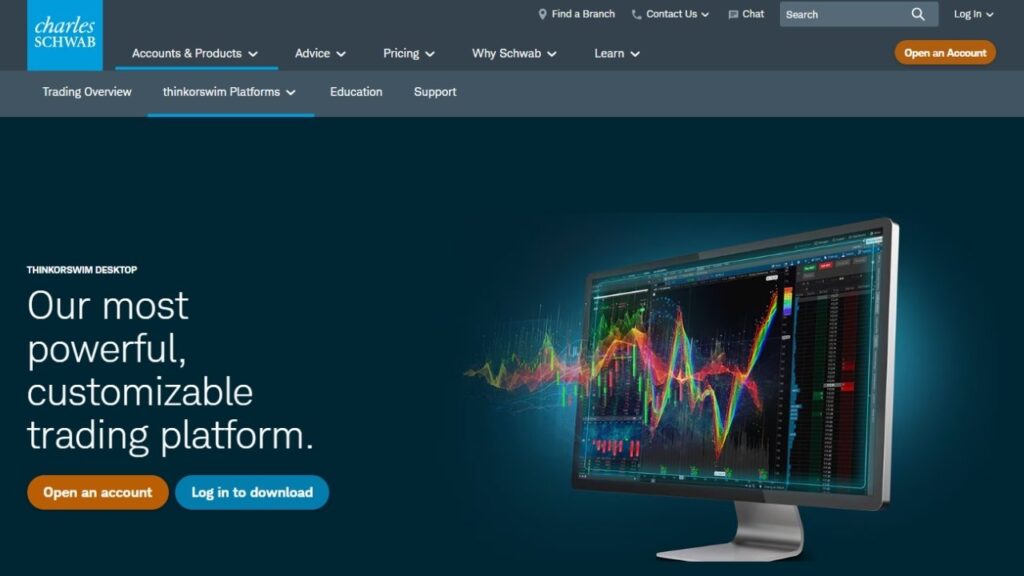
The thinkorswim (ToS) platform, now part of Charles Schwab, remains the gold standard for many active traders due to its sheer depth of features. Its paper trading feature, paperMoney®, is arguably the most authentic simulation available, offering a massive $100,000 of virtual buying power for stocks, options, and futures. The ToS platform itself is a powerful desktop application that supports complex analysis, strategy backtesting, and customizable charting tools, all accessible in the paper environment before committing real capital.
| Pros (Easy to Use) | Cons (Easy to Read) |
| Industry-Best Fidelity: Virtually identical to the live platform experience. | Steep Learning Curve: Overwhelming interface for absolute beginners. |
| Robust Charting: Advanced drawing tools, indicators, and scripting language (thinkScript). | Requires an Account: Must open a live Schwab account to access the free platform. |
| All Asset Classes: Practice trading stocks, options, and futures seamlessly. | Potential Data Fees: While typically free for non-professionals, ensure futures data is live. |
2. NinjaTrader
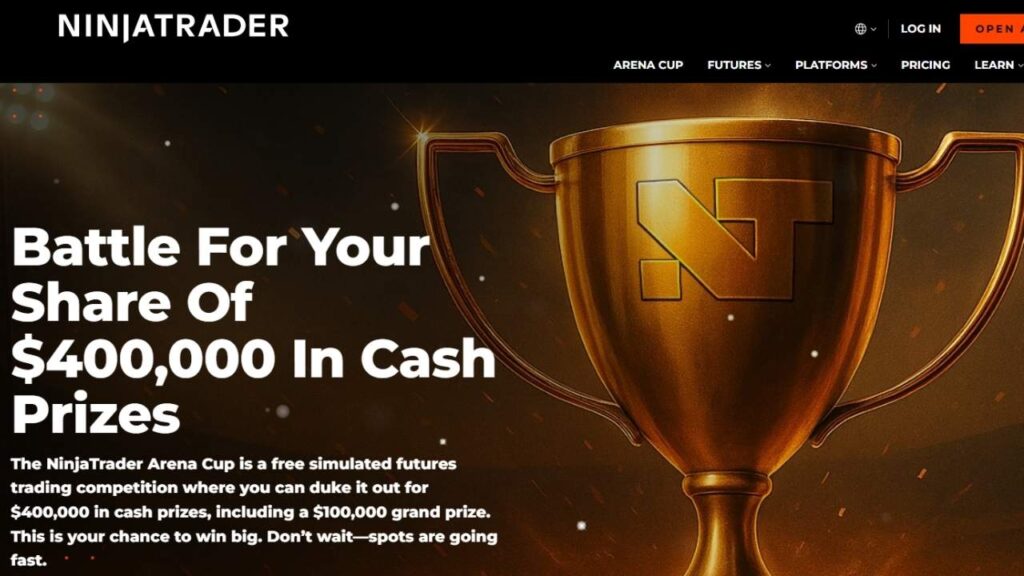
NinjaTrader is renowned as a platform built by futures traders, for futures traders. It provides a dedicated, highly customizable environment that shines specifically in futures and forex. Its simulation, available through a free platform download, is exceptional, offering features like trade-from-chart functionality and advanced market analysis tools. NinjaTrader is perfect for the serious trader who intends to focus solely on the derivatives market and may utilize automated strategies, as it includes free backtesting capabilities.
| Pros (Easy to Use) | Cons (Easy to Read) |
| Dedicated Futures Focus: Features and tools are optimized for futures execution. | Not a Multi-Asset Platform: Limited to futures and forex; no stock/options trading. |
| Free Backtesting Engine: Allows testing of automated strategies on historical data at no cost. | Limited Free Access: Real-time data access for the full platform might be a free trial period (e.g., 14 days), requiring a paid data feed after. |
| Superior Charting/DOM: Professional-grade Depth of Market (DOM) ladder and one-click trading. | Requires a Funded Account: Unlimited simulation usually requires a funded live brokerage account with them. |
3. Interactive Brokers (IBKR)
Interactive Brokers, a global leader in brokerage services, offers its Paper Trading environment across all its platforms, including the professional-grade Trader Workstation (TWS) and the highly-rated IBKR Mobile app. IBKR is ideal for experienced or aspiring professional traders who demand a vast array of global futures products and sophisticated algorithmic order types. The paper account starts with a generous $1,000,000 in virtual funds, and its complexity accurately mirrors the real-world trading experience of a top-tier global broker.
| Pros (Easy to Use) | Cons (Easy to Read) |
| Global Market Access: Practice trading on almost any international futures exchange. | TWS Complexity: The Trader Workstation desktop platform has a significant learning curve. |
| Extensive Tools: Access to the full suite of professional-grade research and analysis tools. | Real-Time Data Cost: Real-time data packages for the live account may be complex and costly; check if the paper account provides free live data. |
| Realistic Margin/Fees: Simulates margin requirements and commission costs for accurate P&L tracking. | Overwhelming for Newbies: The sheer volume of features can be daunting for beginner futures traders. |
4. Webull
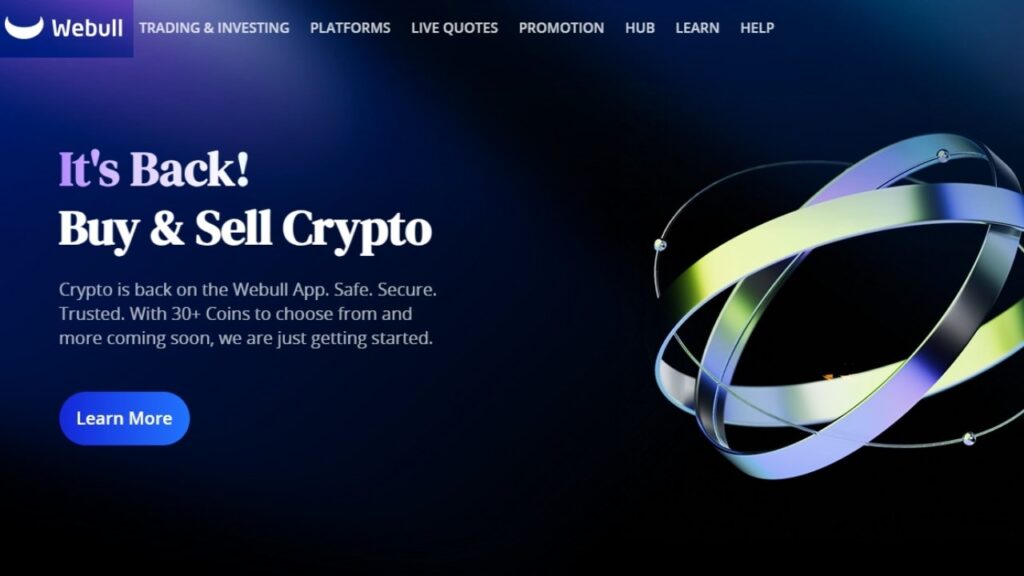
Webull is a platform that has gained massive popularity, particularly among mobile-savvy investors. Its paper trading feature is one of the best for beginners, offering a clean, intuitive, and highly accessible platform for simulating futures alongside stocks and options. Webull’s paper trading, which provides an unlimited virtual cash balance, is easy to set up and offers a smooth transition between its mobile, web, and desktop applications. Its core strength lies in its user experience (UX).
| Pros (Easy to Use) | Cons (Easy to Read) |
| Excellent UX: Clean, modern, and highly intuitive on both mobile and desktop. | Fewer Advanced Tools: Lacks the deep backtesting and custom scripting of platforms like ToS or NinjaTrader. |
| Seamless Switching: Easy to flip between paper trading and a live account with a simple toggle. | Futures Focus Still Evolving: While offering futures, its primary focus remains on stocks/options. |
| Unlimited Virtual Funds: Practice with as much virtual capital as you need. | Customer Service: Support can be slow compared to full-service brokers. |
5. tastytrade
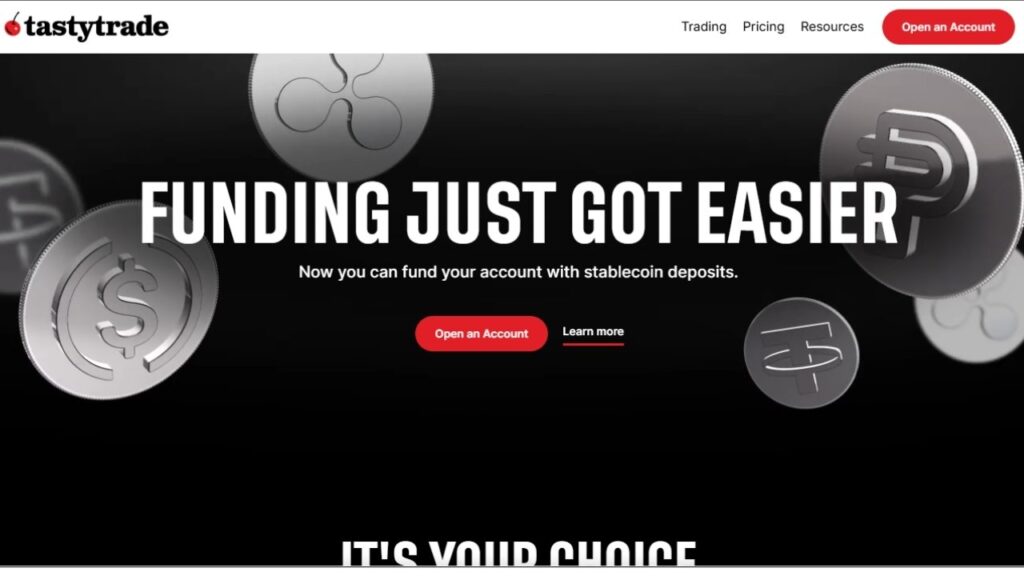
tastytrade (formerly tastyworks) is a platform uniquely designed around derivatives, making it a strong contender for futures traders, especially those who also trade futures options. The platform is known for its streamlined, high-speed order entry and tools that emphasize probability and risk analysis. Its paper trading environment allows traders to master their simplified, probability-based trading approach in a risk-free setting, making it one of the fastest platforms for order entry practice.
| Pros (Easy to Use) | Cons (Easy to Read) |
| Speed and Efficiency: Streamlined interface designed for rapid order entry, crucial for active futures trading. | Focus on Options Strategy: Many platform tools are heavily geared toward options trading, less so for pure directional futures. |
| Integrated Risk Tools: Excellent visual tools for analyzing the probability of profit and risk exposure. | Learning Curve for Logic: Its unique, probability-centric layout takes time to master. |
| Futures Options Focus: Best platform for those who want to practice trading futures options strategies. | Charting is Basic: Charting and technical analysis features are not as robust as the industry leaders (ToS, NinjaTrader). |
6. TradingView
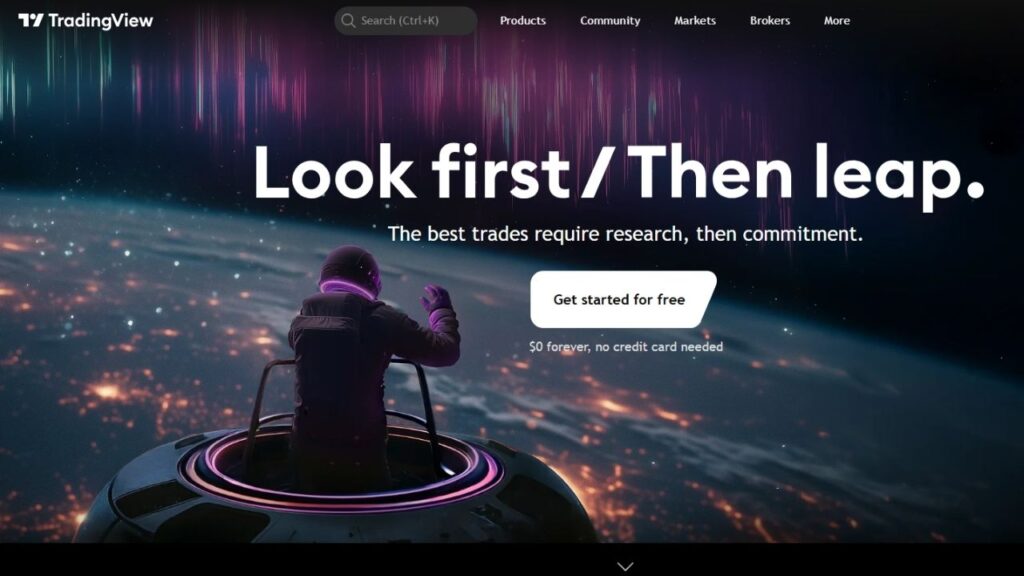
While technically not a brokerage platform itself, TradingView deserves mention as the best free charting and social trading environment that integrates seamlessly with many futures brokers (including Interactive Brokers and NinjaTrader). TradingView’s Paper Trading feature is completely free, offers superior HTML5-based charting, and a massive library of community-developed custom indicators. For traders who value charting and technical analysis above all else, using TradingView’s free paper trading to master analysis before linking to a broker is a smart move.
| Pros (Easy to Use) | Cons (Easy to Read) |
| Best-in-Class Charting: Intuitive, lightning-fast charts with thousands of indicators and drawing tools. | Limited Broker Integration: Execution fidelity depends on the connected broker’s API, not TradingView itself. |
| Social Trading Community: Access to a vast community for sharing and testing trade ideas. | Not a True Broker Simulator: Does not simulate margin requirements or complex order routing of a live broker. |
| Web-Based & Accessible: Works perfectly in any browser on any device with no download required. | Futures Data Cost: Access to all live futures data may require a paid TradingView subscription (or be broker-dependent). |
Advanced Features to Look For
Choosing the best free platform means looking beyond just a simple mock order ticket. For the serious futures trader in 2025-2026, the following features are non-negotiable for maximizing your practice:
- Strategy Backtesting: The ability to run an automated trading system or a simple set of rules against years of historical futures data is vital. Platforms like NinjaTrader and thinkorswim excel here, allowing you to validate an edge before risking money.
- Realistic Order Execution: Look for platforms that simulate slippage and fill quality. A great paper platform should sometimes give you a “bad fill” to prepare you for the reality of high-speed markets.
- The Price Ladder (DOM): The Depth of Market (DOM) is a critical tool for futures scalpers. Platforms like NinjaTrader and ToS offer highly professional, one-click trading DOMs that are essential to master in the paper environment.
Final Verdict and Strategic Advice
For 2025-2026, the best all-around free paper futures trading platform for serious traders is Charles Schwab’s thinkorswim (ToS). Its paperMoney® tool offers the highest level of fidelity to the live trading environment, a massive range of professional tools, and an enormous resource library, making it the most complete educational and practice package.
However, if you are a dedicated futures scalper or a developer of automated systems, NinjaTrader is the superior, highly-specialized choice. If you are a beginner prioritizing a smooth transition from your mobile device, Webull is the most intuitive and accessible option.
Regardless of your chosen platform, remember that paper trading is only a tool. It addresses the mechanical aspects of trading but cannot replicate the psychological pressure of real money. Use your free paper account to master the platform, refine your strategies, and build a consistent track record of profitability. Only then should you consider transitioning to the live futures market.
See Also: Crypto Market Crash Analysis: Geopolitics, Liquidations & Recovery in 2025

